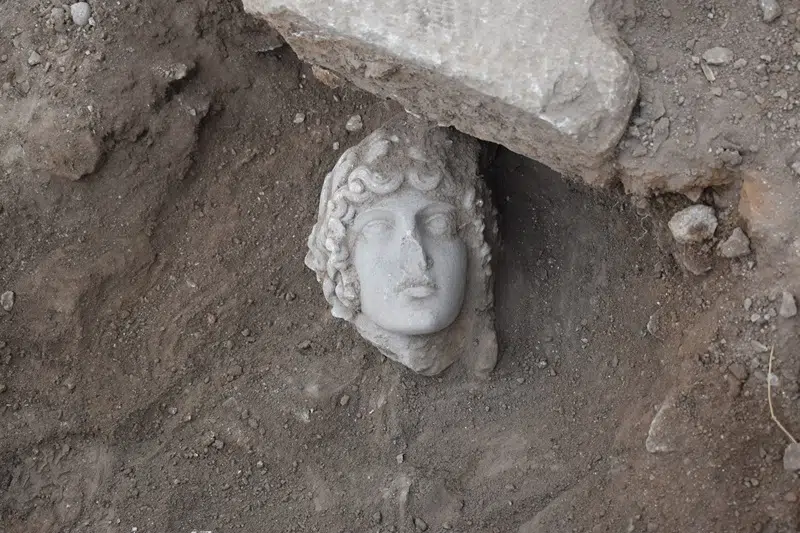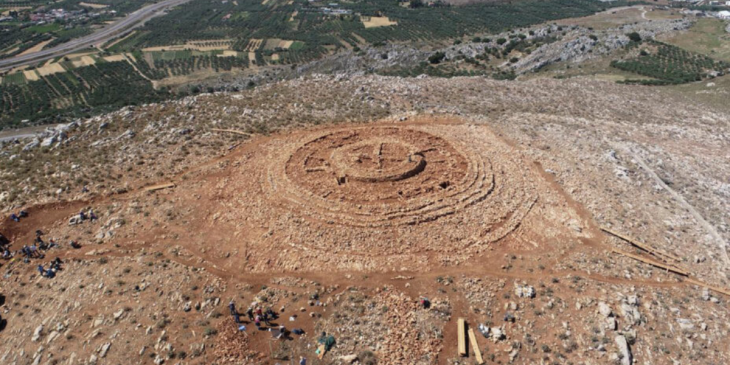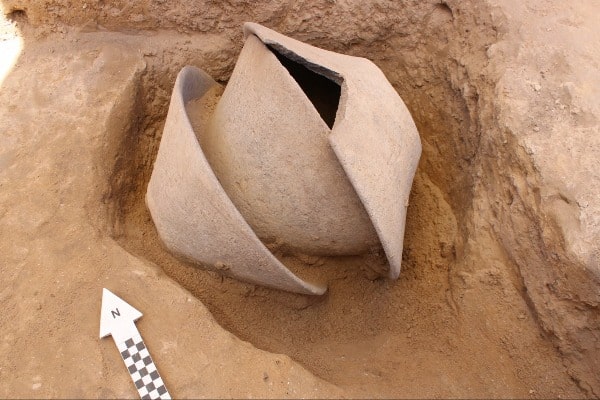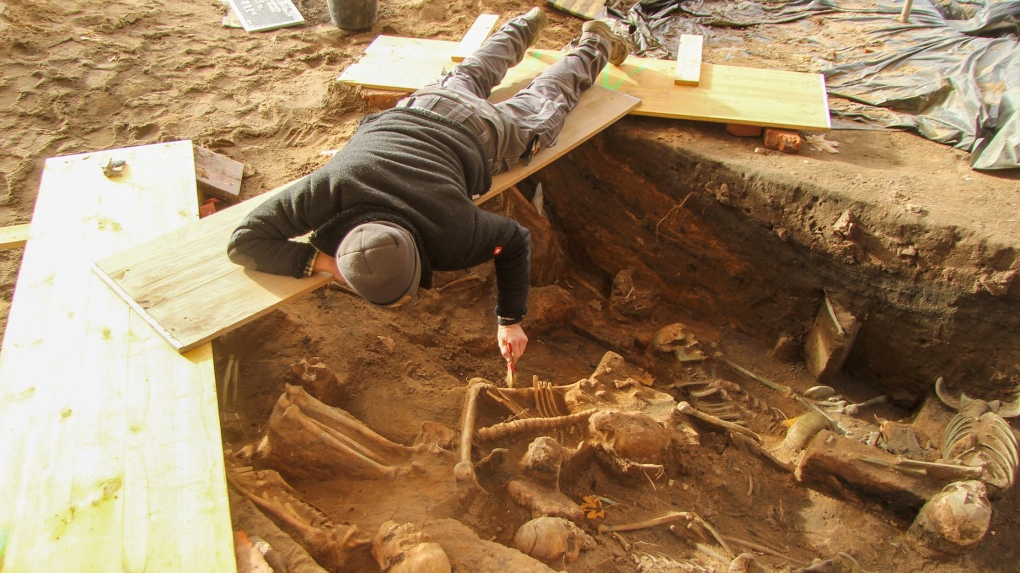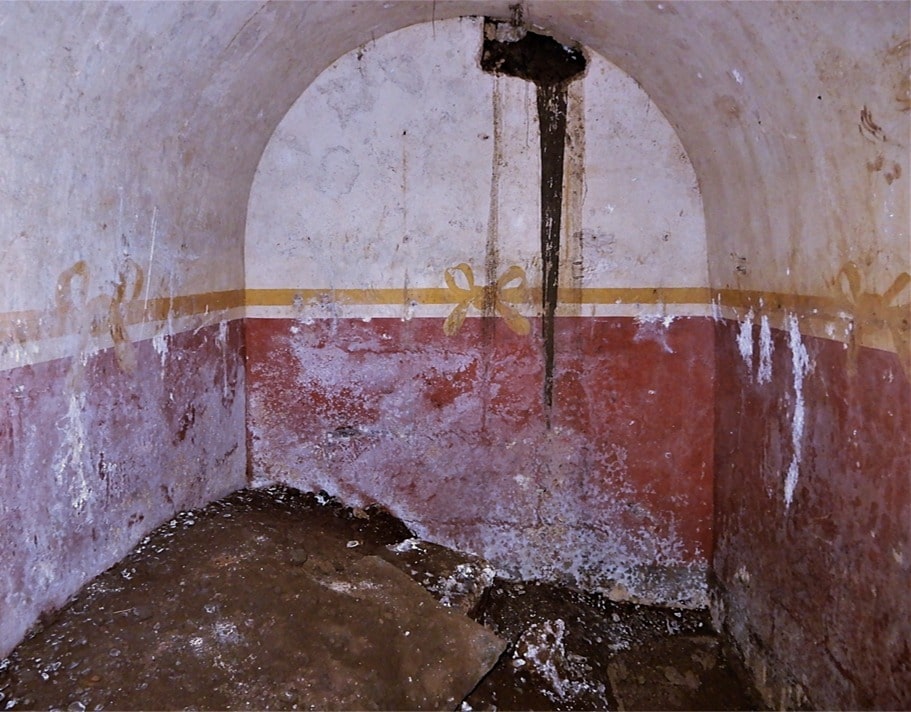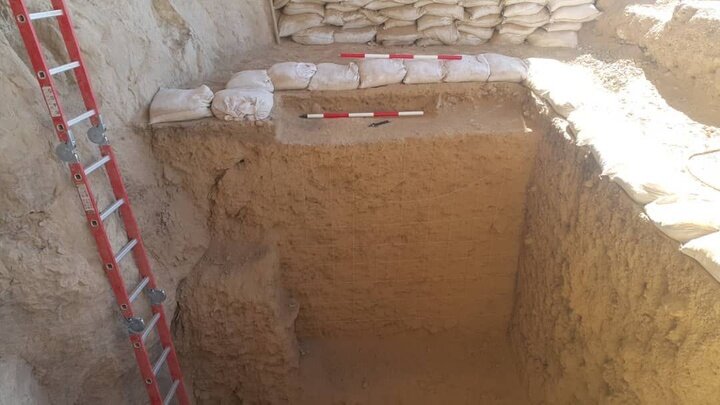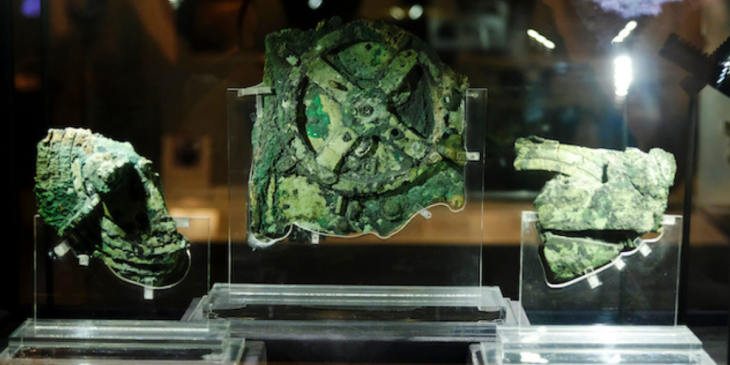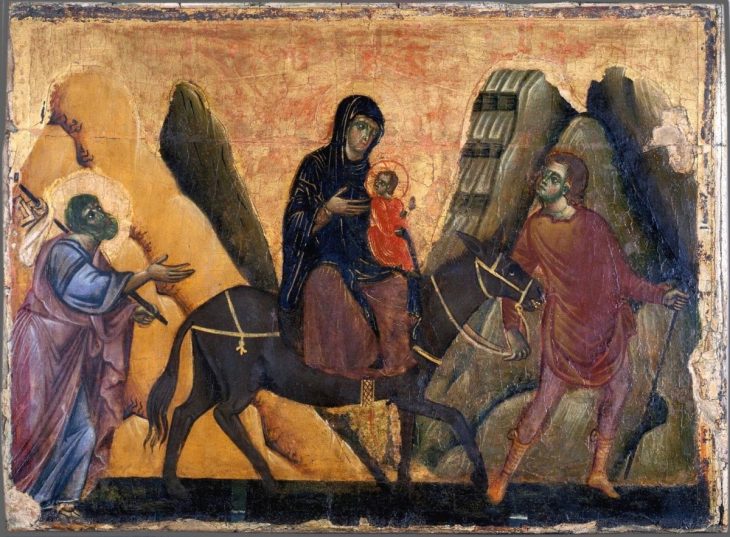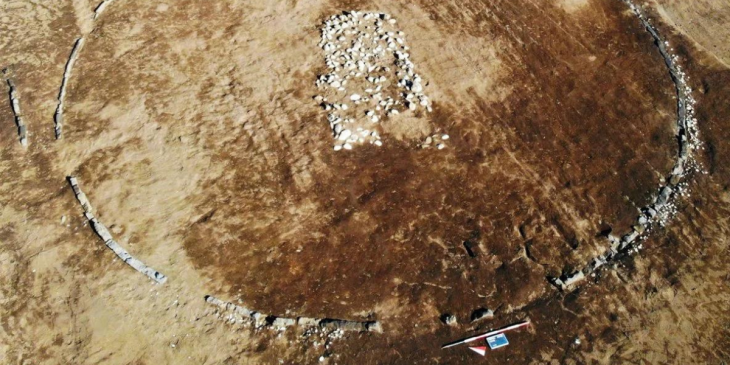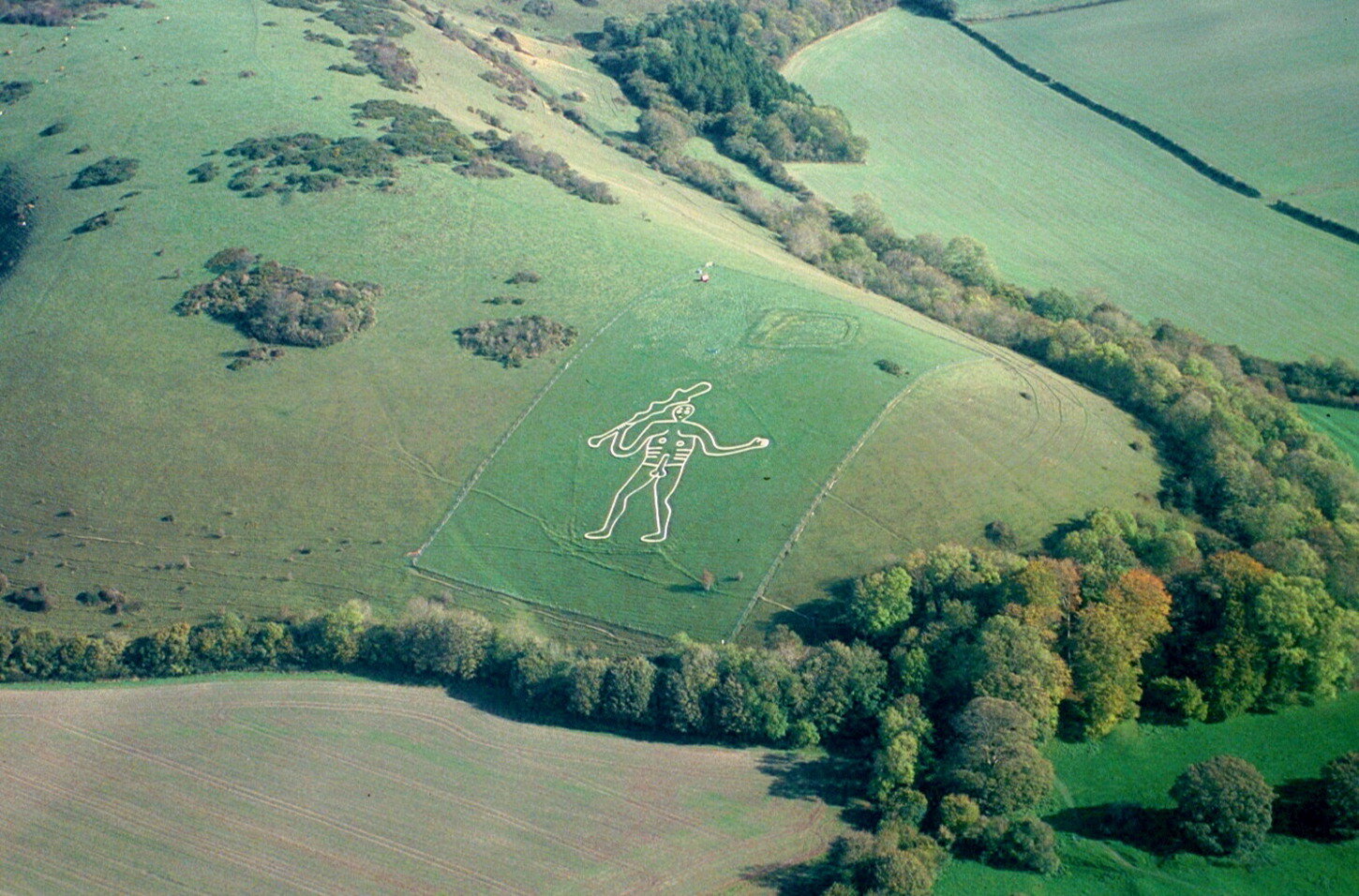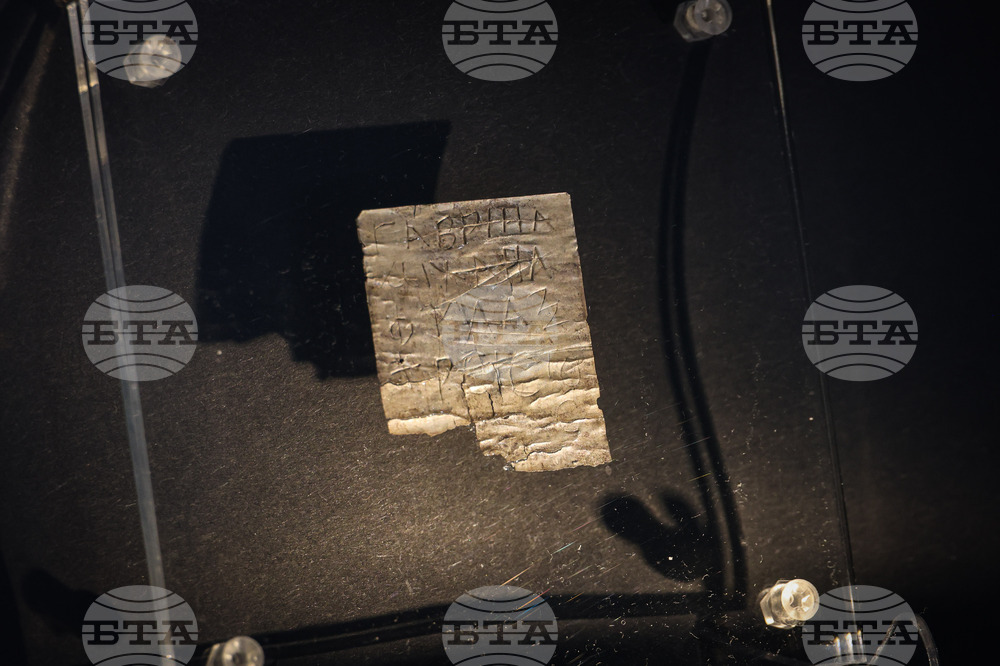A group of archaeology students working at the archaeological site of Philippi in northern Greece have unearthed the marble head of a statue believed to be of the god Apollo.
The Greek Ministry of Culture announced the discovery in a statement on Thursday.
Archaeologists say the statue head can be dated to the 2nd or early 3rd century AD and probably adorned an ancient fountain.
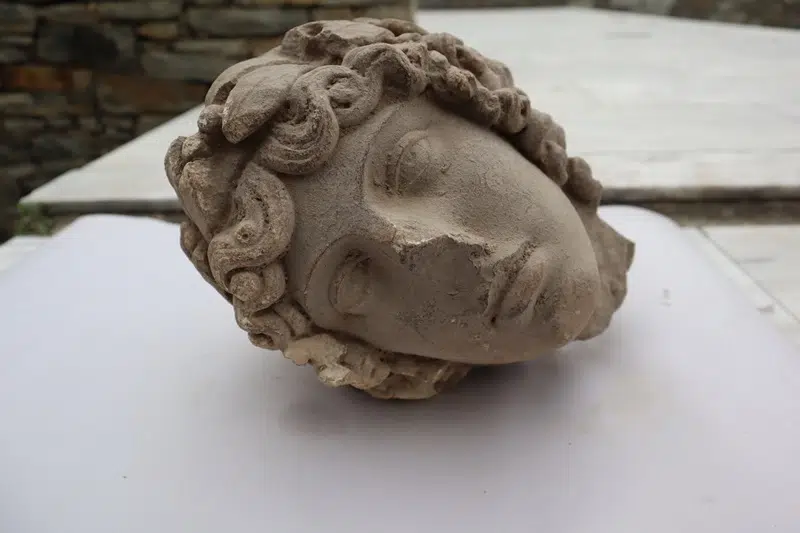
Apollo, the most handsome of the Olympian gods
Apollo is one of the most important gods in Greek mythology. He is the son of Zeus and Leto and the twin brother of Artemis. He is known as the god of the sun, light, music, poetry, divination, medicine and archery. Apollo had many temples in Greece and the most important divination center was the Temple of Apollo at Delphi.
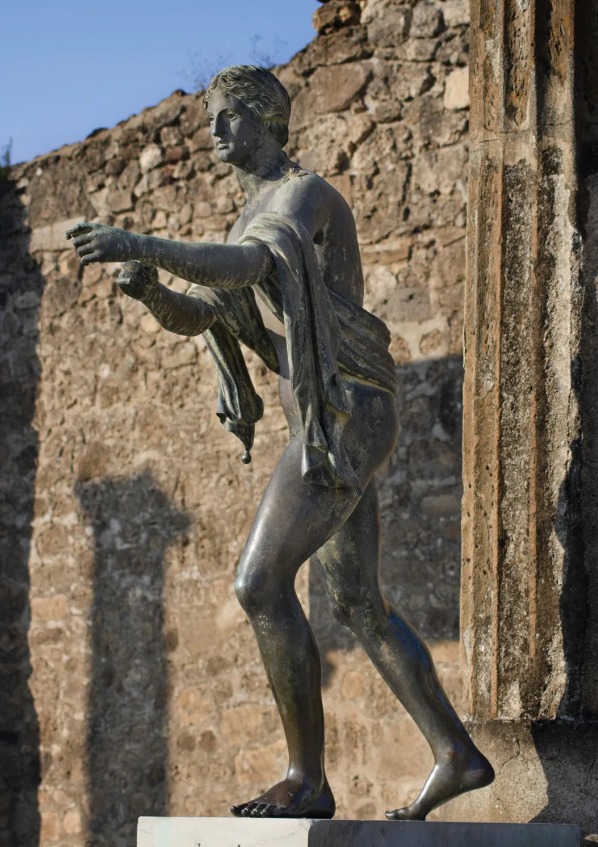
Apollo is depicted as a handsome and tall god. He has golden hair and blue eyes.
Apollo’s symbols include the sun, lyre, bow and arrow, laurel tree and swan.
Apollo controls the rising and setting of the sun. He is also the god of music, poetry and divination. He has the ability to heal diseases and see the future.
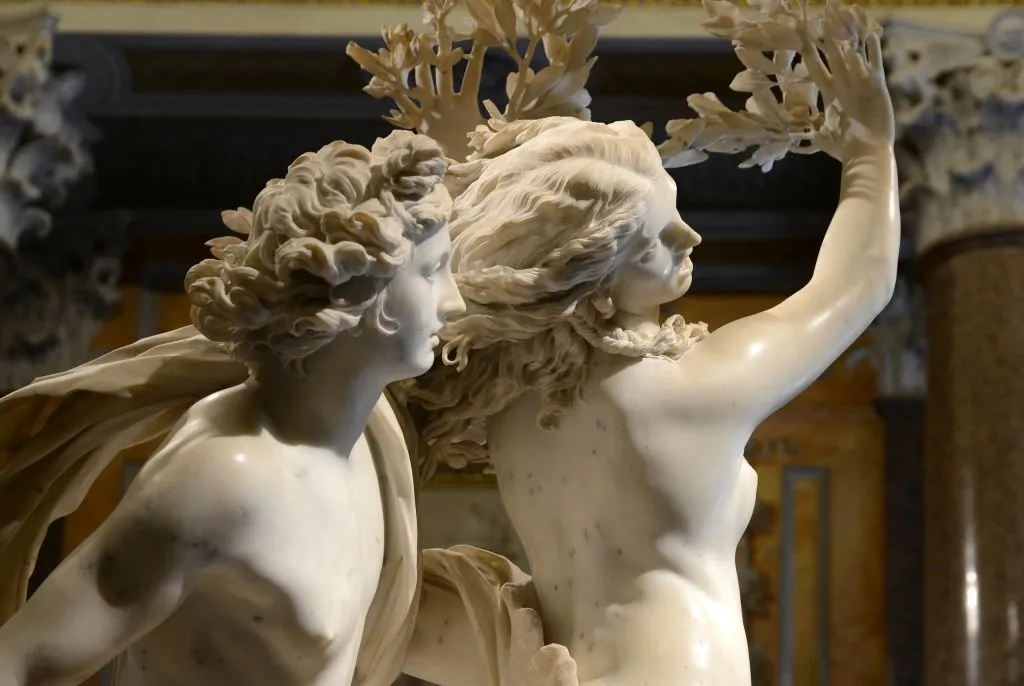
Apollo has many stories in Greek mythology. One of the most well-known stories is his chase of Daphne. Daphne turned into a laurel tree to escape Apollo’s love.
The worship of Apollo was widespread in Greece. The Temple of Apollo at Delphi was one of the most important centers of divination in the ancient world. Many festivals and plays were organized dedicated to Apollo.
Apollo is a god often depicted in ancient Greek and Roman art. Images of Apollo can be found on sculptures, vases and mosaics.
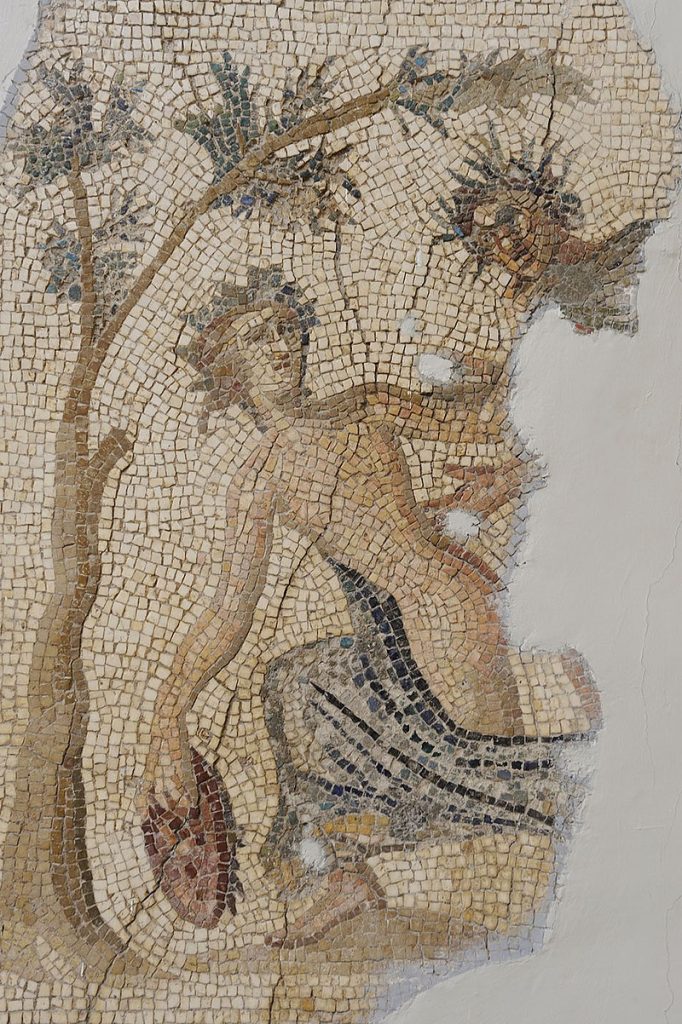
It is known that Apollo was identified with the Roman god Febus.
Apollo is said to have had many children. Among his best known children are Asclepius (god of medicine), Orpheus (musician) and Phaeton (the boy who drove the solar chariot).
Cover Photo: Ministry of Culture

